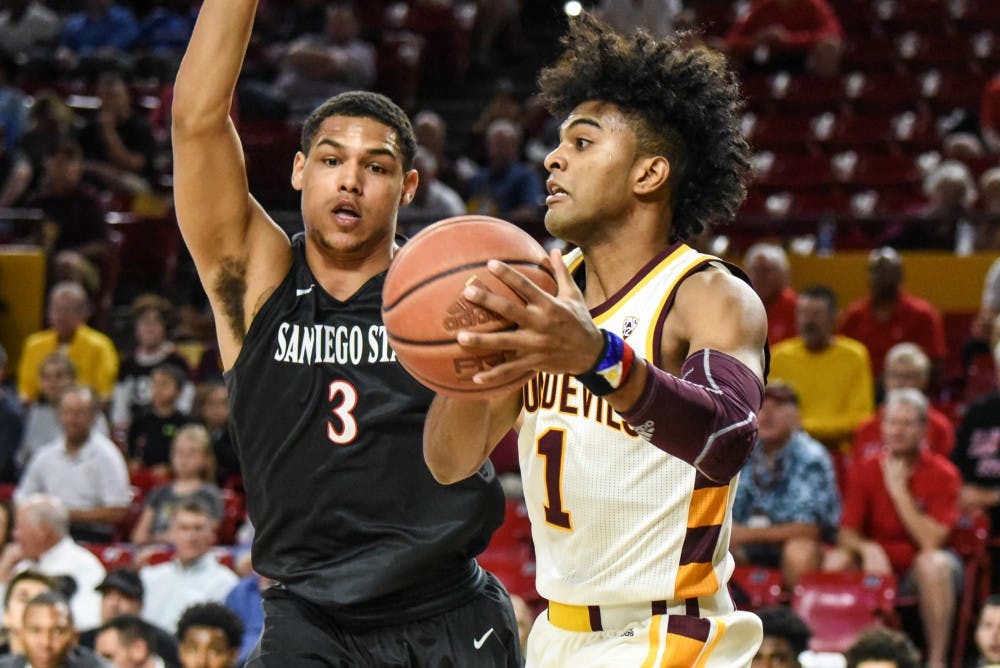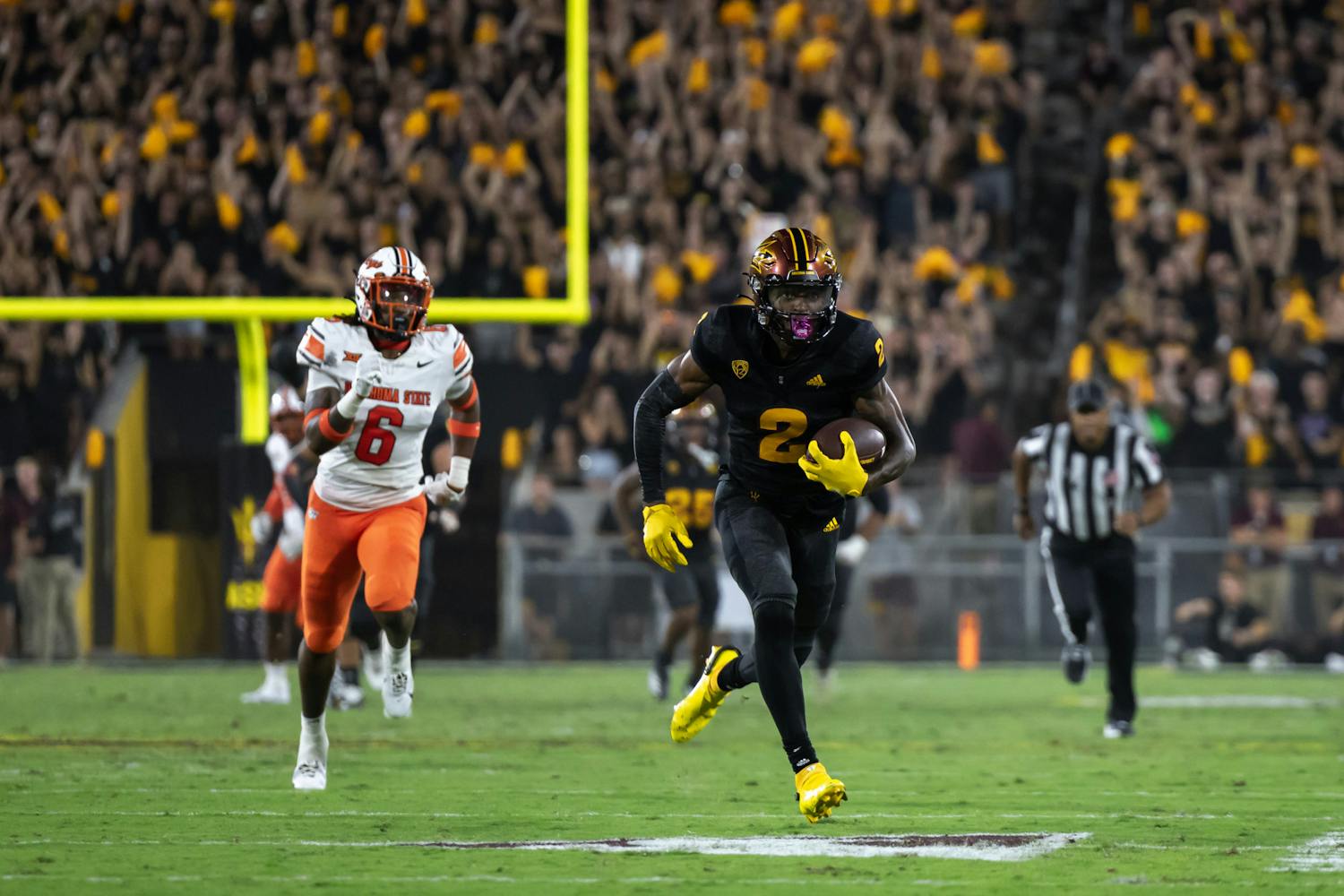For ordinary folks, negotiating a job offer with an employer might include requests for things like health insurance, stock options or benefits.
But NFL Commissioner Roger Goodell is far from ordinary, which became apparent in his most recent round of contract talks with league owners — where he requested lifetime use of a private jet, as well as a $50 million salary.
But Goodell is the most powerful man in American sports, and he runs the ship at a $14 billion dollar juggernaut of a sports league. Perhaps his demands are not too unreasonable.
Under Goodell, average game viewership is 16.5 million, and profits have risen by $4 billion dollars under Goodell over a seven year span.
And yet, at a time when the numbers are so rosy, the NFL is slipping fast. Viewership is dissolving, its talent pool is shrinking and worst of all — other sports are on the rise, namely basketball.
The NFL has every reason to be concerned about its long-term success, and basketball has positioned itself as the sport of the future in the U.S. And for schools like ASU, where basketball is traditionally more of an afterthought than a pillar of student life, that means big changes are coming.
An amalgam of issues, including low-quality football, disinterest resulting from games being spread over three days out of the week and National Anthem protests, poses immediate threats to the NFL's popularity.
The NFL's real problem, however, is a fundamental one. Chronic Traumatic Encephalopathy (CTE), a degenerative brain disease caused by repeated hits to the head which often do not present immediate symptoms, is tied to football at its core.
Player-to-player contact is a fundamental part of the sport and poses an increasingly apparent long-term health risk to its players. The risk of brain damage is forcing players out of the NFL earlier than they might otherwise.
But even more startling is that parents are keeping their kids out of football, too.
"I do think that the growing awareness of the dangers of CTE has had an impact on how a significant number of people view the game of football," Luke O'Neil, an Esquire writer who has written extensively on the subject, said.
Only 18 percent of parents in a study by the Harris Poll said they would allow their kids to play football, compared to 66 percent who said the same for basketball, and youth participation is at historic lows.
"It does seem that more people are saying that they wouldn't let their children play the game," O'Neil said.
A dwindling talent pool is a harbinger of long-term difficulty, and that is exactly the crisis the NFL is being consumed by. Uncertainty for football means opportunity for other sports, including college and the pros, which means big changes are coming for football-dominant schools like ASU.
But what makes basketball a likely candidate to replace football?
Even for the kids who want to play football, many are being priced out of participating. In that regard, basketball has a definite advantage. On average, youth basketball costs less than half of football's price tag, and around a fourth of baseball's.
Further, basketball is superior to other rising sports like soccer in that it is already woven deeply into the fabric of U.S. culture and entertainment. It is, after all, the third-most profitable sports league in the U.S.
But basketball, despite its popularity in the U.S., has an inherently global appeal. During the 2016 season, the NBA fielded players from 41 countries, including some of its most meteoric stars – players like Kristaps Porzingis, Giannis Antetokounmpo, Nikola Jokic and Andrew Wiggins.
In China, NBA Finals viewership was up 30 percent from last year. In India, the Finals were broadcast in Hindi for the first time ever, and the NBA now has more followers on social media than any major sports league in the world.
College basketball has seen historic popularity among a young audience as well. March Madness streams this year were up 34 percent over 2016, as the NCAA has found a new way to access TV-averse audiences.
Basketball has the Holy Trinity of audience attributes: its viewers are young, global and deeply established in the U.S.
In a similar fashion, ASU basketball may not get nearly the attention and coverage that football does, but that will change — and sooner than you think.
Reach the columnist at jmsloan3@asu.edu or follow @jakeuzzi on Twitter.
Like The State Press on Facebook and follow @statepress on Twitter.
Editor’s note: The opinions presented in this column are the author’s and do not imply any endorsement from The State Press or its editors.
Want to join the conversation? Send an email to opiniondesk.statepress@gmail.com. Keep letters under 500 words and be sure to include your university affiliation. Anonymity will not be granted.




